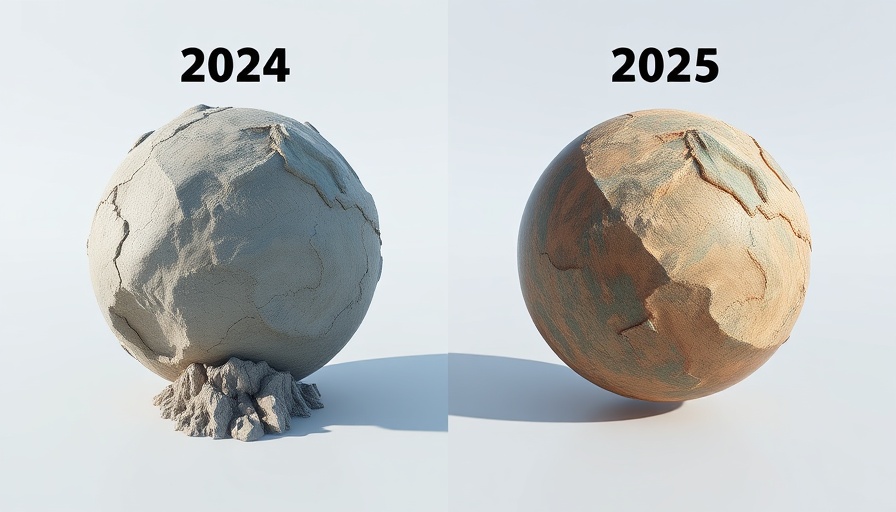
Why the End of Clipping Bugs is a Game Changer for Gaming
The gaming industry has had its fair share of hiccups, but one of its most notorious issues—clipping bugs—may finally be a thing of the past. Clipping, where characters or objects pass through one another in a game environment, has caused considerable frustration, especially among speedrunners who exploit these glitches. Researchers have now proposed a groundbreaking solution that ensures objects in a digital space can coexist without interference.
In 'The Worst Bug In Games Is Now Gone Forever,' we explore the major advancements in collision detection technology that promise to reshape gaming and wider applications across industries.
The Science Behind the Solution: A Closer Look
This revolutionary method eliminates clipping issues through a combination of advanced mathematical techniques and innovative physics-based simulations. Instead of resorting to previous models that abruptly stop interactions when objects get too close, the new cubic barrier model applies a more fluid approach by allowing surfaces to gently slide past one another. This way, rather than causing a jam, the technique facilitates continuous interaction without collisions.
Real-World Applications Beyond Gaming
The implications of this technology extend far beyond just providing a smoother gaming experience. One intriguing application lies in the fashion industry, particularly in automating clothing production. Companies can utilize this simulation to predict how fabrics will behave in different contexts, significantly speeding up the design process. For instance, this avoids the tedious cycle of physical prototypes, allowing designers to visualize draping and wrinkles in real-time.
The Environmental Impact of Optimized Design
A major advantage of this research lies in its potential to reduce fabric waste during the design and production phases. By minimizing the need for physical samples and using simulations instead, companies can operate in a more sustainable manner, cutting back on both environmental footprint and resource expenditure. Fashion is notorious for its waste; adopting these methods could promote eco-friendly practices throughout the industry.
An Organizational Perspective on Innovation
For business owners, this technology offers a lesson in resourcefulness and innovation. The research outlined in this study has shown that it is possible to tackle problems with creative solutions that are accessible even to smaller companies—no massive compute farms needed. Such advancements signify a democratization of technology where efficient tools are available for various business sectors, urging leaders to explore how such innovations can be implemented within their own operations.
Challenges Ahead: The Need for Patience and Investment
Despite its promising prospects, this advanced method is not without limitations. While it proves the capability to maintain stability with millions of contacts in a virtual environment, the processing speed may leave something to be desired. The simulation requires time—much like watching paint dry—suggesting that higher performance capability or infrastructure may be necessary for real-time application. Business owners considering adoption should be prepared to invest time and resources into understanding its benefits.
Conclusion: Drive Change with AI Technologies
The exciting breakthroughs in the realm of collision detection open new doors for various industries, and the convergence of this research with practical applications is encouraging. For business owners eager to remain at the forefront of technological innovation, now is the time to embrace AI and advanced simulations to optimize their operations. GET AI WORKING FOR YOU TODAY and position your business for future growth.
 Add Row
Add Row  Add
Add 




Write A Comment